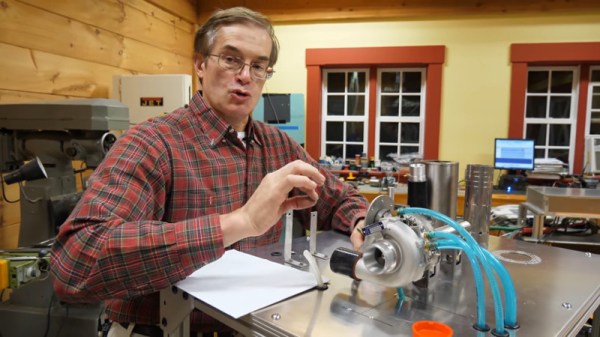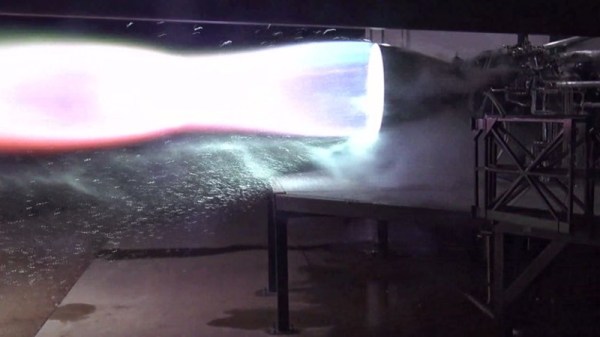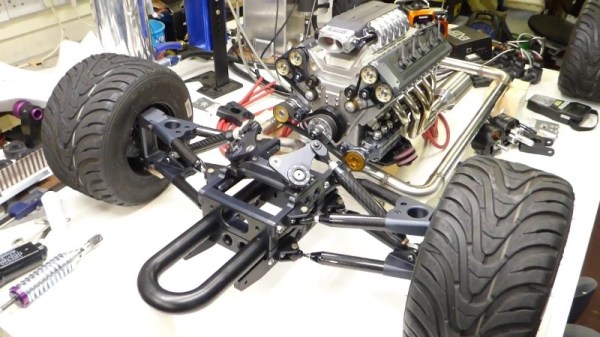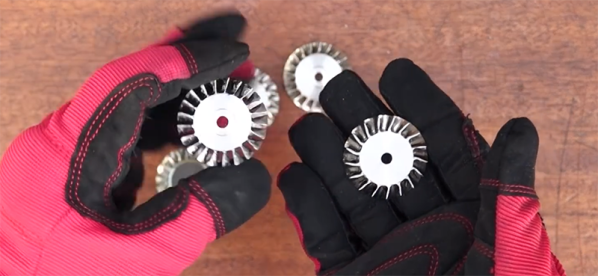Jet engines are known to be highly demanding machines, requiring the utmost attention to tolerances, material specifications, and operating regimes. If any of these parameters are ignored, failures can be catastrophic and expensive. Despite these exacting requirements, it is possible to build a jet engine in the home workshop – and using a turbocharger is a great way to do that. (Video also embedded after the break.)
[Tech Ingredients] does a great job of discussing the basic concepts behind the turbocharger jet engine build, and how various parameters impact performance and efficiency. Through the use of various rules of thumb, developed over years of experimentation by home builders and engineers alike, it’s possible to whip up a functioning engine without too much trial and error. The video breaks down and discusses the thermodynamics at play, as well as practical considerations like cooling and lubrication, in several easy to digest steps.
Jet engines are a popular high-octane build, and we’ve seen it pulled off before by makers like [Colin Furze]. The trick is to pull it off without causing yourself serious injury.



















